Before diving into that question, let’s cover some background. What Is Remote ID? Remote ID is often described as a digital license plate for drones. It broadcasts your drone’s location, altitude, velocity, and either the controller’s location or the takeoff point.
History of Remote ID
Introduced in 2019 through a Notice of Proposed Rulemaking (NPRM) from the FAA, Remote ID initially focused on network-based transmission, where drones would send data to the cloud. Over 53,000 responses to the NPRM, many opposing network Remote ID, led the FAA to require broadcast Remote ID instead, effective September 2023.
Why Is Remote ID Needed?
The FAA and other agencies implemented Remote ID to identify drone pilots and mitigate potentially unsafe operations.
Who Needs Remote ID?
Remote ID is mandatory for all drones that are registered or required to be registered. This includes drones flown under Part 107 and recreational drones weighing over 0.55 pounds.
Testing Remote ID with DroneTag’s Ryder
A few months ago, we received the Ryder Remote ID detector from DroneTag for testing. This compact, portable receiver is ideal for on-the-go use. A big thank you to Lucas and the DroneTag team for providing the unit.

Testing Results
Over several months, we tested the Ryder at Drone Events, local gatherings in Prescott, and while traveling across the state. It detected various drones, including DJI, Autel, Parrot, Freefly, Inspire, and Waitra, among others. Notably, Skydio drones, which use a 5.8 GHz band, were not detected, though DroneTag is working on an update to address this.
Ryder Specifications
The Ryder is a 64-gram Remote ID receiver with built-in LTE and Bluetooth, offering a battery life of 6–10 hours (about 6 hours with LTE transmission, based on our tests). It charges via USB-C and comes with a standard antenna, though we purchased a larger optional antenna separately. We also 3D-printed a GoPro-style mount, but DroneTag provided two mounts, including a belt clip option.
Data Review Options
Captured data can be reviewed on a phone or desktop. The DroneTag app offers additional configuration options for the Ryder.
Flight Data Observations
Over three months, we detected over 200 flights, several within Class Bravo or Class Delta airspace, including in Prescott. Most flights complied with rules, operating below 400 feet and within visual line of sight. However, a few raised concerns:
- Flight 1: A drone flew at 300 feet in a 50-foot grid near Prescott Airport, directly in the approach path—unlikely to have been approved by the tower.
- Flight 2: An operator flew at 1,000 feet above their takeoff point on the edge of Class Bravo airspace in Phoenix, within a 300-foot grid.
- Flight 3: A drone was flown over 3 miles in a straight line from the takeoff point, which may have been Legal but appeared questionable.
Key Takeaways
We detected flights up to 24 miles away with the Ryder, showing that your flights could be monitored without your knowledge. Always use common sense when flying to stay compliant and safe.
Will Network Remote ID Return?
Network Remote ID is likely to reappear in future regulations, particularly for Unmanned Traffic Management (UTM). The FAA has indicated this, especially in the upcoming NPRM on Beyond Visual Line of Sight (BVLOS) operations.
Did Remote ID Fail?
No, Remote ID hasn’t failed. It’s a foundational step in the FAA’s broader UTM plan. For more details on Remote ID, including compliance checks, see our related video.
Fly safe, and we’ll see you next time!

Discover more from DroneXL.co
Subscribe to get the latest posts sent to your email.




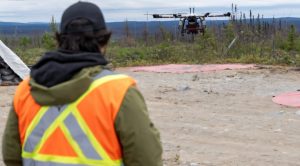
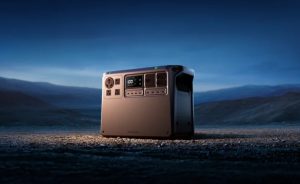





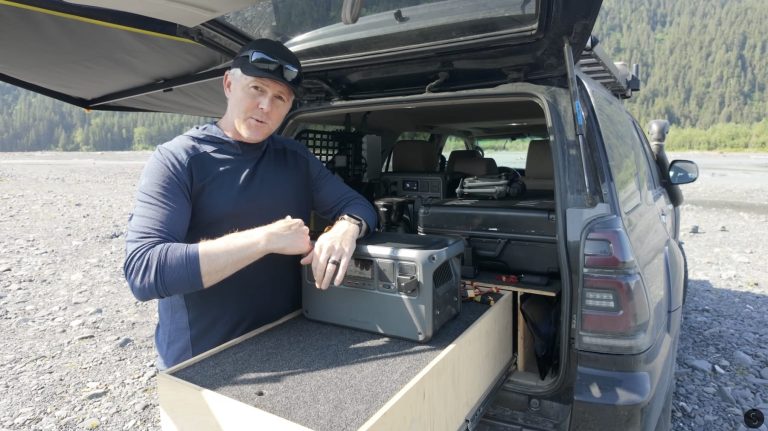
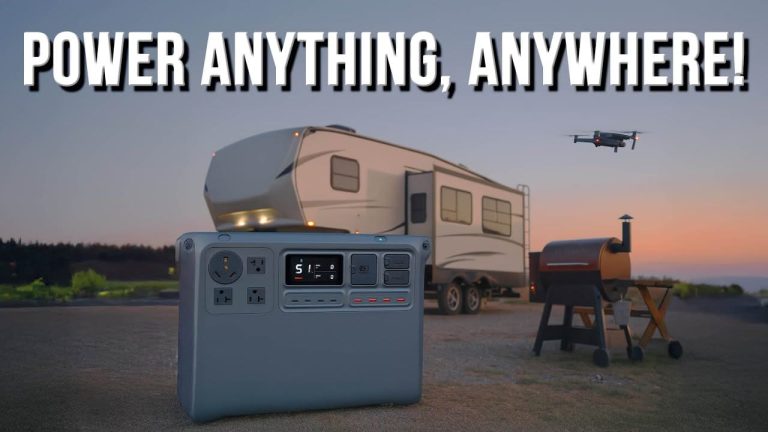
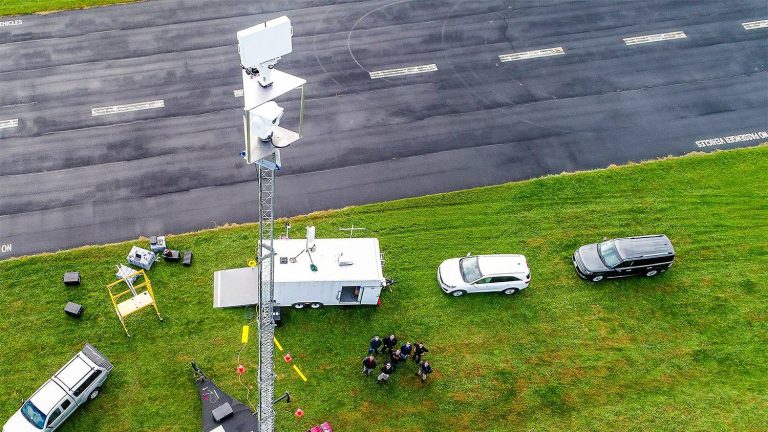
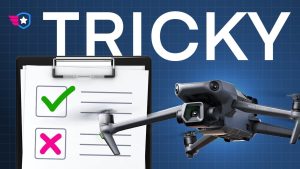
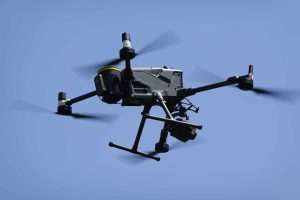

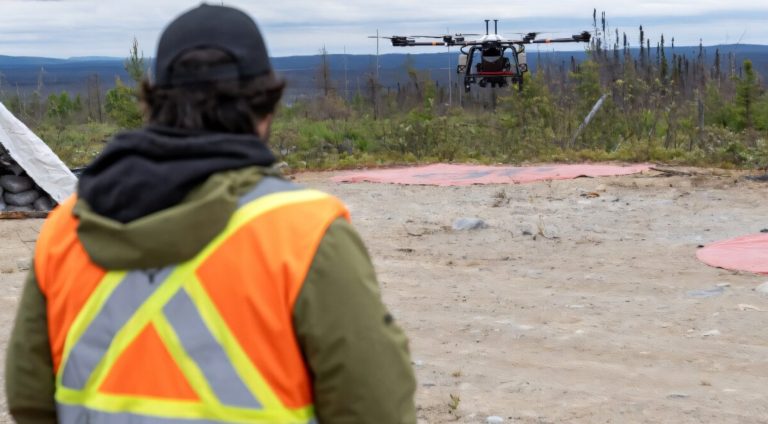

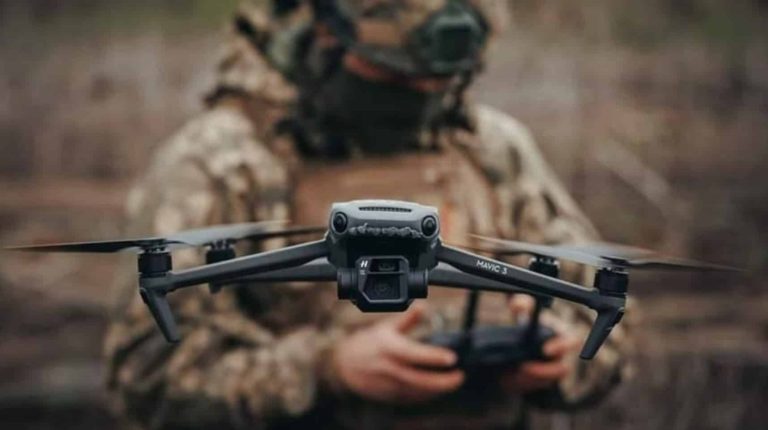

+ There are no comments
Add yours